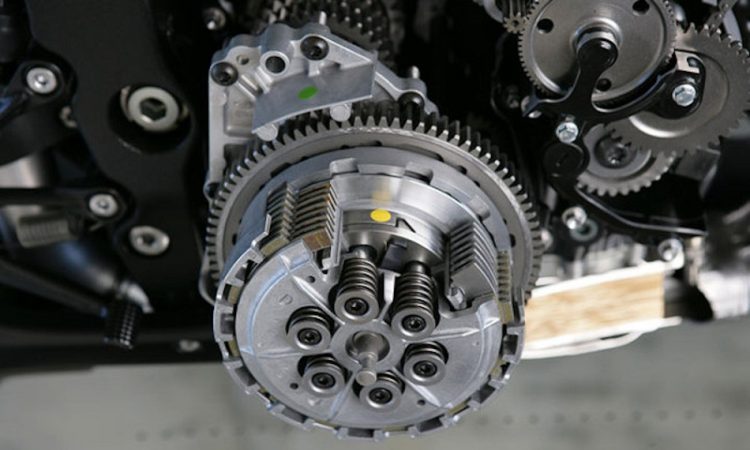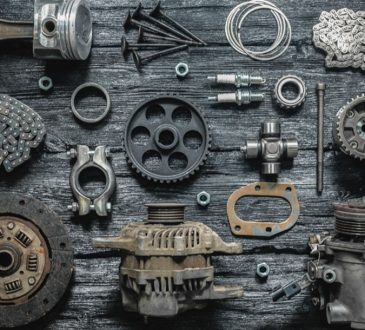
Biking in dense traffic offers a thrilling experience due to the easy maneuverability of bikes. With a wide array of bikes in the market, it’s crucial to understand components like clutches when choosing a bike for transportation.
Importance Of Two-Wheeler Insurance
Before delving into specific bike components like the slipper clutch, it’s essential to grasp the rationale behind motor insurance. This insurance serves as a crucial safety net in case of accidents, ensuring prompt assistance. Moreover, third-party bike insurance is legally mandated, underscoring its significance in responsible biking. Make sure you renew bike insurance on time for uninterrupted coverage. Claims are subject to terms and conditions set forth under the motor insurance policy. *
Procuring two-wheeler insurance has been streamlined with online platforms, where obtaining a plan, comparing options, and understanding premiums are made efficient. Simplifying the motor insurance purchasing process enhances the overall biking experience, emphasizing safety and financial protection. You can utilise a vehicle insurance calculator to estimate the costs of the premium to be paid. Claims are subject to terms and conditions set forth under the motor insurance policy. *
Understanding The Slipper Clutch
The slipper clutch is a crucial component in modern bikes, known for its effectiveness. It mitigates risks during sharp turns at high speeds by controlling negative torque during rapid downshifting, preventing damage to the bike’s gearbox and avoiding back wheel lockups.
Operation Of Slipper Clutches
The slipper clutch disengages from clutch plates when negative torque exceeds a set threshold, using ramps to partially disengage and mitigate torque on the rear wheels. This ensures smoother downshifting, particularly crucial on high-displacement bikes prone to losing control with powerful engine braking.
Benefits Of Slipper Clutch In Indian Bikes
- Enhanced Concentration On Riding Dynamics: The slipper clutch lets riders focus on crucial aspects like cornering posture and ABS braking during sharp turns, enhancing overall biking safety and efficiency.
- Prevention Of Gearbox Failure And Lockups: By avoiding sudden forces and maintaining momentum within the bike’s gearbox, the slipper clutch significantly reduces wear and tear, preventing costly gearbox failures, rear-wheel lockups, and engine seizures.
- Optimized Performance: With minimized interruptions and jerks due to unexpected braking, the slipper clutch contributes to the bike’s overall performance, ensuring a seamless riding experience.
Drawbacks Of Slipper Clutches
- Complex Installation: The intricate nature of slipper clutches can make installation and assembly challenging. Some manufacturers opt for standard clutches due to the perceived complexity of slipper clutch installation.
- High Cost: Slipper clutches are often associated with a higher cost, considering both installation and design factors. This price does not solely account for the clutch itself but extends to factors like rider safety, reduced suspension movement, and clutch deterioration.
- Braking Adjustments: When a bike’s engine power exceeds its braking capabilities, reliance on a standard clutch may be necessary to reduce speed. Slipper clutches might pose challenges unless the gearbox is adjusted to provide the required braking capacity.
While slipper clutches offer substantial advantages in terms of safety and performance, potential complexities and costs should be weighed against the benefits. Researching and selecting the right bike and ensuring proper riding skills and appropriate safety measures contribute to a fulfilling biking experience in India. Additionally, securing a suitable bike insurance policy further safeguards against unforeseen events on the road.
*Standard T&C Apply
Insurance is the subject matter of solicitation. For more details on benefits, exclusions, limitations, terms, and conditions, please read the sales brochure/policy wording carefully before concluding a sale.




